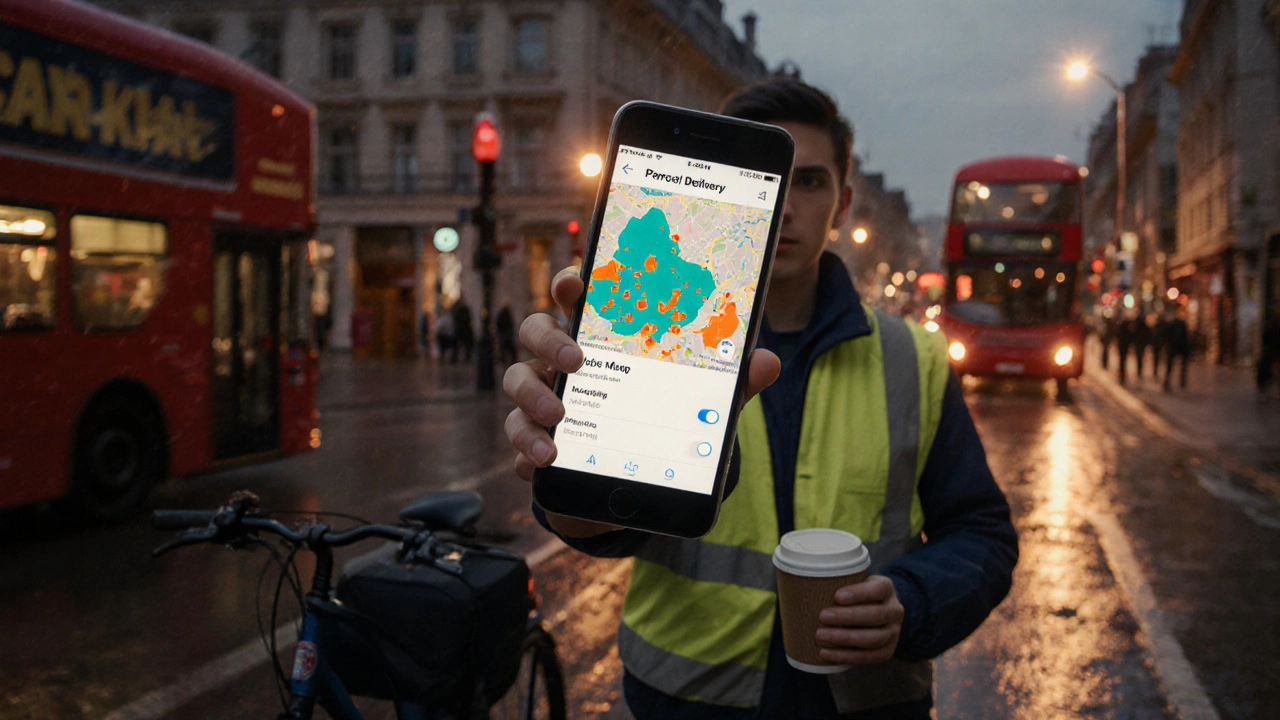How to Pick the Right Package Delivery App for Your Business
If you’ve ever wondered why some businesses ship faster and cheaper, the secret is often a good delivery app. A solid app lets you schedule pickups, track parcels in real time, and compare carrier rates without jumping between websites. The result? Less time wrestling with spreadsheets and more time focusing on sales. Below, we break down the must‑have features, the best apps in 2025, and quick steps to get started.
Key Features to Look For
First, make sure the app offers a live tracking dashboard. When a customer sees ‘Package received by courier’ in the status, they feel confident, and you avoid endless support tickets. Next, rate comparison is a game‑changer; the app should pull prices from multiple carriers (e.g., UPS, FedEx, local couriers) so you can automatically select the cheapest overnight or next‑day option.
Automation matters too. Look for bulk upload of orders, automatic label generation, and barcode scanning. These save minutes per shipment—multiply that by hundreds of orders and the savings become huge. Finally, don’t ignore integration. Your e‑commerce platform, accounting software, or warehouse management system (WMS) should sync with the app via API or a ready‑made plugin.
Top Package Delivery Apps for 2025
Based on user reviews and performance data, three apps consistently rank at the top:
ShipFast Pro – Ideal for SMEs, it bundles rate comparison, automated customs forms for international shipments, and a simple mobile interface. Users love the ‘one‑click pickup request’ feature, which saves time if you need a courier collection (see our guide on arranging a courier to collect your parcel).
LogiTrack+ – Best for larger operations that need deep integration with warehouse solutions. It connects to popular WMS tools, offers real‑time mileage rate updates (useful after reading our Current Rate Per Mile article), and supports multi‑carrier routing.
QuickParcel – Perfect for startups focused on same‑day and next‑day deliveries. The app highlights cut‑off times for overnight shipping (like the Overnight Delivery Cutoff Time guide) and sends push notifications when a package moves from ‘In transit’ to ‘Out for delivery’.
All three apps offer free trials, so you can test the UI and see which fits your workflow best.
Once you’ve chosen an app, the setup is straightforward: download, link your carrier accounts, import your product catalog, and set default shipping rules. Most apps guide you through a 5‑minute wizard that asks for your preferred packaging dimensions, weight thresholds, and service level priorities.
After launch, keep an eye on the performance dashboard. Look for patterns like higher costs on certain routes or slower delivery times during peak hours. Adjust your carrier selection rules accordingly—maybe switch to a cheaper next‑day service for low‑value items while reserving premium overnight for high‑margin orders.
In short, a good package delivery app turns a chaotic shipping process into a predictable, cost‑effective operation. Pick the right features, test the top options, and fine‑tune your settings. Your customers will notice faster deliveries, and your bottom line will thank you.
Can You Use Uber as a Courier? A Practical Guide for UK Gig Workers
Learn how to become an Uber courier in the UK, from signing up and legal requirements to earnings, pros and cons, and tips for maximizing income.
Read More